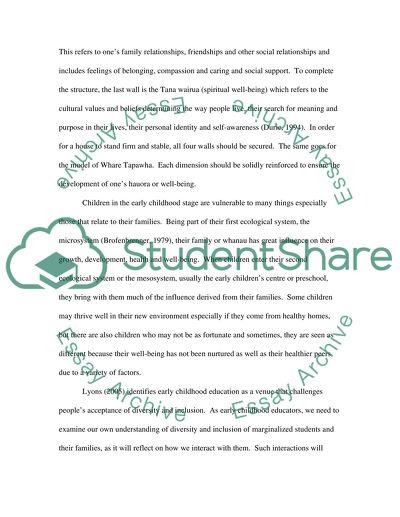Cite this document
(“Understanding the Plight of Children of Poor Single Parent Homes Essay”, n.d.)
Retrieved from https://studentshare.org/sociology/1413755-understanding-the-plight-of-children-of-poor-single-parent-homes
Retrieved from https://studentshare.org/sociology/1413755-understanding-the-plight-of-children-of-poor-single-parent-homes
(Understanding the Plight of Children of Poor Single Parent Homes Essay)
https://studentshare.org/sociology/1413755-understanding-the-plight-of-children-of-poor-single-parent-homes.
https://studentshare.org/sociology/1413755-understanding-the-plight-of-children-of-poor-single-parent-homes.
“Understanding the Plight of Children of Poor Single Parent Homes Essay”, n.d. https://studentshare.org/sociology/1413755-understanding-the-plight-of-children-of-poor-single-parent-homes.


